Frost Protection - UTL Repository
Frost Protection - UTL Repository
Frost Protection - UTL Repository
You also want an ePaper? Increase the reach of your titles
YUMPU automatically turns print PDFs into web optimized ePapers that Google loves.
]<br />
F R O S T P R O T E C T I O N : F U N D A M E N T A L S , P R A C T I C E A N D E C O N O M I C S<br />
[<br />
Heated water<br />
Davies et al. (1988) reported that water droplet cooling as they fly through the<br />
air is the main mechanism of heat supply to orchards during under-plant<br />
sprinkling. They hypothesized that freezing water on the surface to release the<br />
latent heat of fusion provides little sensible heat to air (i.e. it does not raise the air<br />
temperature). Because of the low trajectory of the under-plant spray, evaporation<br />
is reduced relative to over-plant systems and preheating water might provide<br />
some benefit for the under-plant sprinklers. Martsolf (1989) applied water heated<br />
to 70 °C through a microsprinkler system to a Florida citrus orchard and found<br />
little effect on the temperature of leaves that were 3 m from the sprinkler heads.<br />
However, he found as much as 4 °C rise in temperature of leaves in dense tree<br />
canopy directly above the heads. On average, temperatures rises varied between<br />
1 °C and 2 °C depending on proximity to the sprinkler heads. However, the<br />
efficiency resulting from use of a heat exchanger to heat water and the resulting<br />
uniform distribution of energy within the orchard was much improved over<br />
using point-source orchard heaters. Also, because the water temperature is low<br />
relative to heater temperatures, inversion strength is less important. Where<br />
inexpensive energy is available and/or water is limited, they recommend using an<br />
economical heating system to warm water to about 50 °C. This will lower the<br />
required application rate for growers with inadequate water supplies.<br />
When water is heated to 50 °C, the energy released by cooling to 0 °C and<br />
freezing is 544 kJ kg -1 . However, a 2.0 mm h -1 application rate of 50 °C water<br />
gives the same amount of energy as a 2.6 mm h -1 application rate of 20 °C if all<br />
of the water is cooled and frozen. Because of enhanced sensible heat transfer from<br />
warmer water droplets to the air, heating the water will raise air temperature in the<br />
crop regardless of the frost conditions. However, for growers with adequate water<br />
supply and mild to moderate frost conditions, it is probably more cost-effective<br />
to design the sprinkler system with the higher application rate than to pay the<br />
additional costs for a heating system, fuel and labour. However, the use of heated<br />
water might be a useful alternative for growers with severe frost problems, a<br />
source of low cost energy or a limited water supply. Evans (2000) estimates a cost<br />
range from $6180 to $8650 ha -1 for a heat exchanger to heat water for under-plant<br />
sprinklers, which is roughly equivalent to twice the cost of wind machines.<br />
SURFACE IRRIGATION<br />
One of the most common methods of frost protection is to directly apply water<br />
to the soil using furrow, graded border, or flood irrigation. Jones (1924), the<br />
earliest known research on using surface water, found a 1 °C increase in air<br />
180



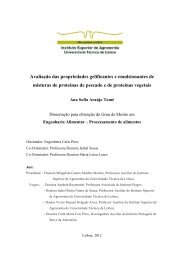
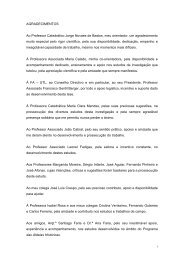
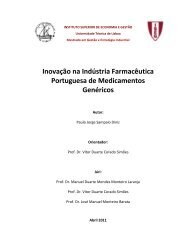
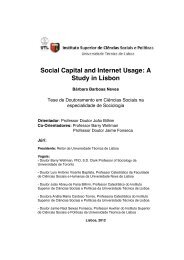
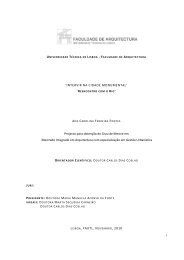
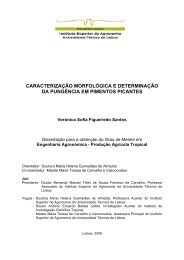

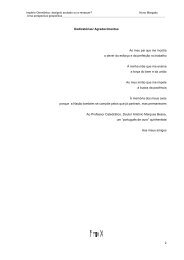
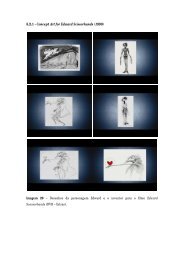
![Tese - Es..[1].pdf - UTL Repository - Universidade Técnica de Lisboa](https://img.yumpu.com/25707135/1/184x260/tese-es1pdf-utl-repository-universidade-taccnica-de-lisboa.jpg?quality=85)


